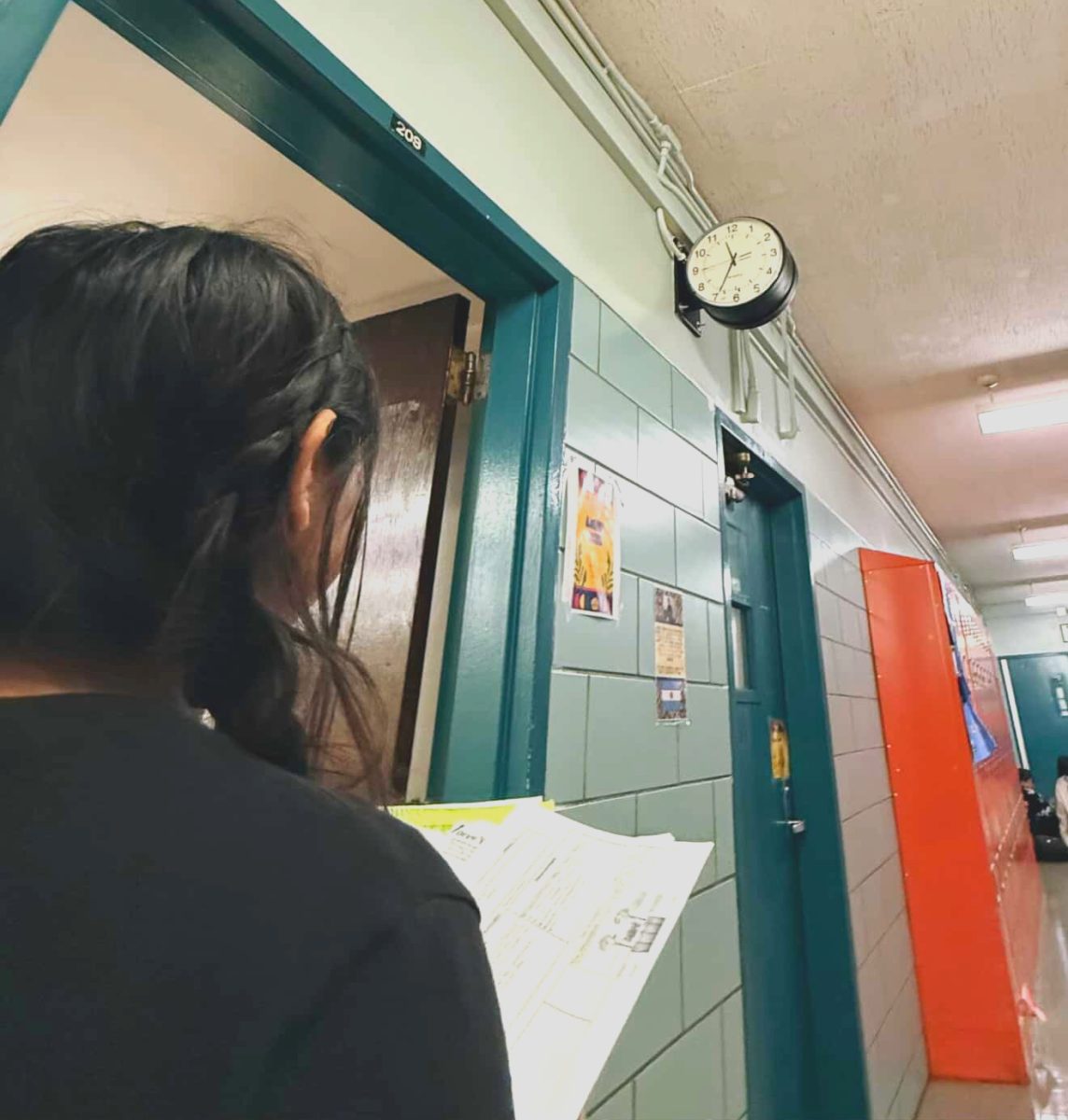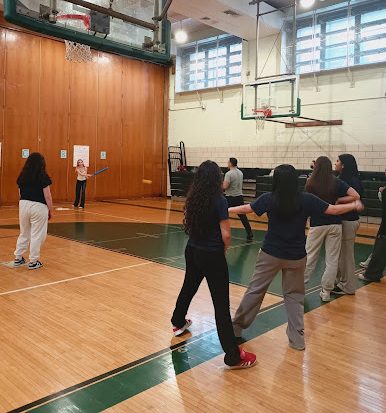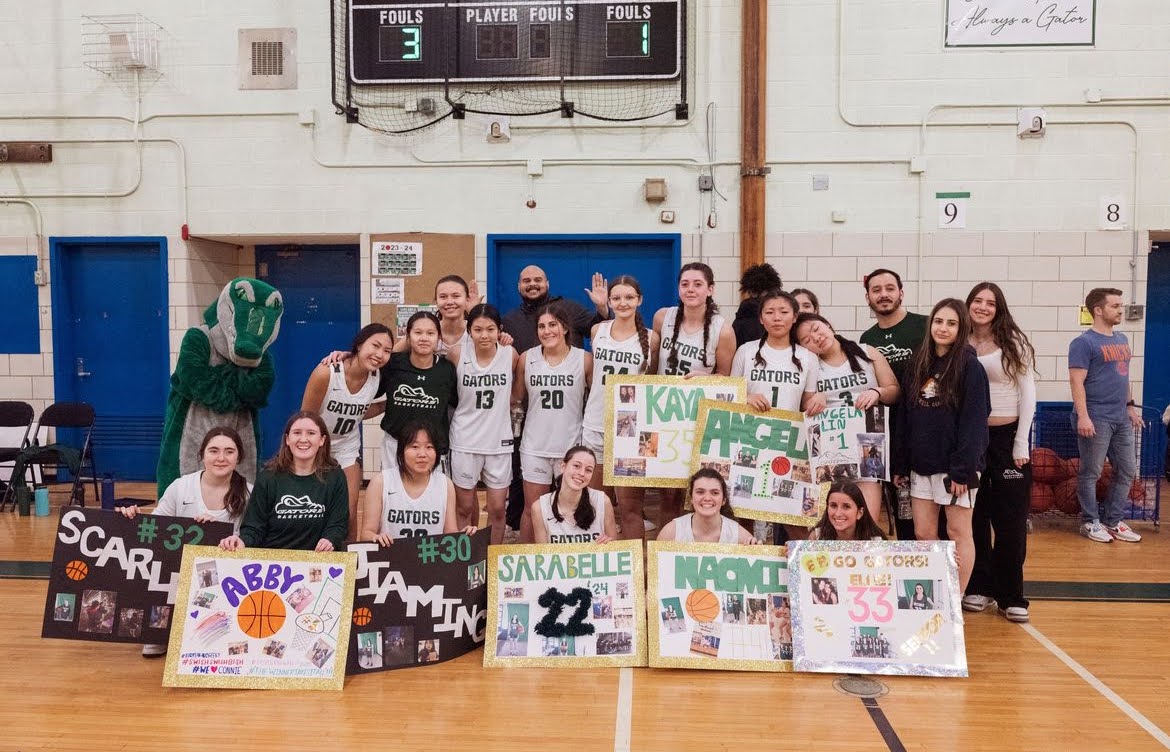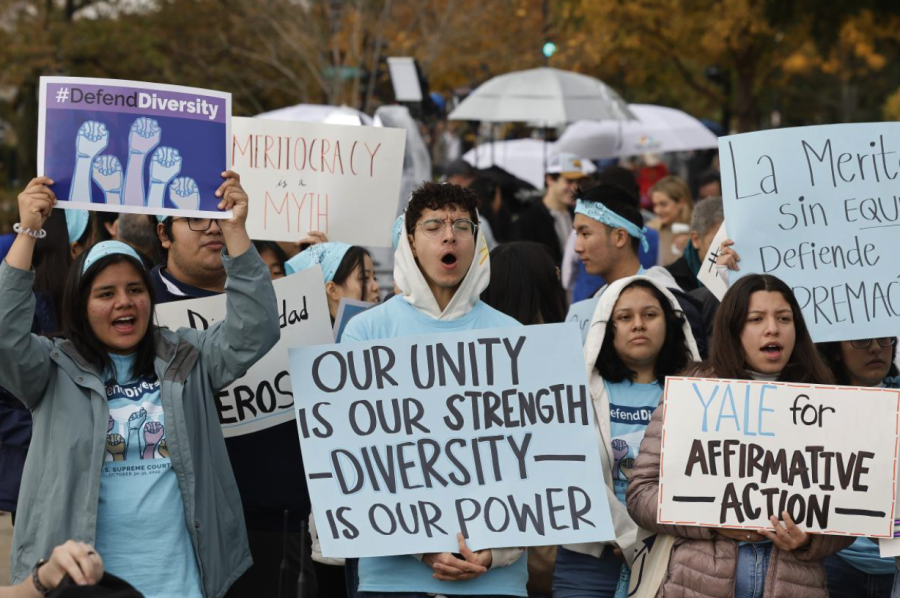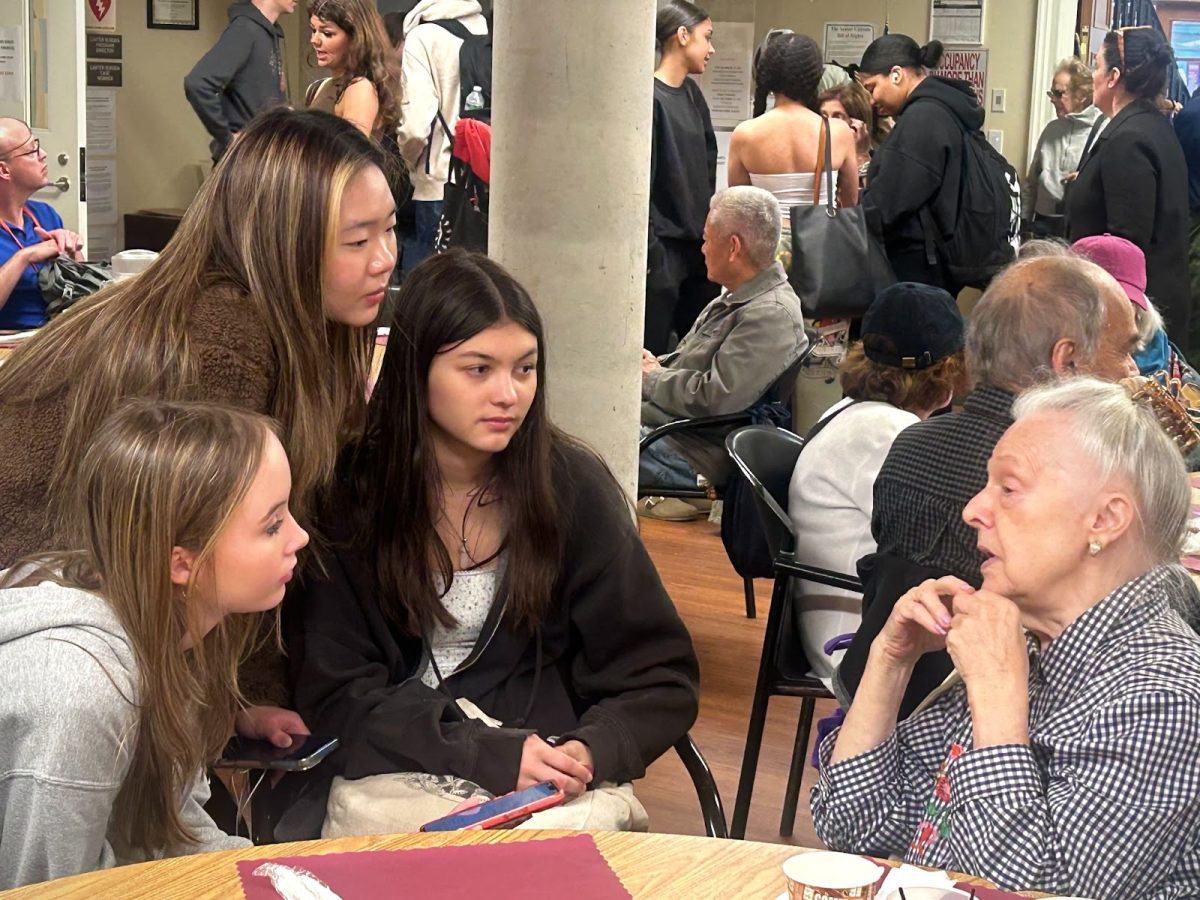The Importance of Affirmative Action in College Admissions
April 3, 2023
Affirmative action, or race conscious admission policies, have been a crucial aspect of college admissions since the 1960s. In the process of reviewing applications universities now follow a holistic approach, utilizing a variety of factors in determining a student’s acceptance. This includes academic achievements, extracurricular activities, test scores, athletics, and of course race.
These policies were initially passed with the intent of creating a diverse student body and educational experience for all. Aiming to address the systemic barriers that have limited the accessibility of higher education to underrepresented communities, they promote the democratic ideal of academic freedom and equal protection. Now, in the 21st century, how can a nation that prides itself in being a melting pot of culture fail to see diversity as a “compelling government interest?”
After hearing two cases concerning affirmative action in October, the Supreme Court is set to vote on the issue in June. With the current conservative majority (six to three) of the court, which overturned Roe v. Wade less than a year ago, the policy is likely to be struck down. This decision would deem the use of race as a factor in college admissions unconstitutional, threatening the future of the United States education system.
When applying to colleges a deciding factor for many students is diversity, recognizing its positive impact on their education. According to Museum School’s College Counselor, Denise Ortiz, “Many students won’t attend a college if the diversity ratio isn’t high enough.” When placed in a diverse group environment, individuals tend to be more focused, innovative, and open-minded, as they are able to think beyond their own perspectives. This allows for the development of personal relationships with people from distinct backgrounds, enabling a safe and understanding community to be formed. The eradication of affirmative action has the potential to jeopardize this, with junior Gloria Stretell noting, “I don’t want to go to a college or university that’s all white.”
While all colleges would be adversely affected by this decision, schools deemed as “selective” (accepting fewer than 50% of applicants) are most likely to see the brunt of the impact. This is especially true for small liberal arts colleges, which are defined by tight-knit communities that thrive on diverse interactions.
Junior Alexa Rodriguez argues that with less access to opportunities, “Black students would end up being left behind.” This point was brought up in August of last year when a group of 33 colleges submitted a brief to the Supreme Court stating, “the probability of Black applicants receiving offers of admission would drop to half that of White students,” noting a potential return to pre-1960s levels of enrollment.
While this regressive decision would have substantial impacts, Counselor Ortiz added, “colleges that want to make a commitment to diversity will find ways around this,” recognizing the value of having people of color on campus. She continued, “Based on counseling events, colleges are still actively recruiting,” leaving spots open for students applying through full ride scholarships such as Posse and Questbridge. While these programs are beneficial, they are highly selective and are only available for top schools, which most students don’t have the credentials to attend. When it comes to less prestigious colleges, programs of this manner are largely nonexistent, causing diversity rates (which are presently low) to drop substantially in the future.
Another potential solution colleges are considering is the elimination of legacy admissions. This refers to a college giving preferential treatment to the children of its alumni, a factor weighing heavily on the admissions decision. For selective schools, students are roughly 45% more likely to be admitted if they have a primary legacy, with this demographic encompassing 29% of students admitted to Harvard in 2021.
The legacy system is historically rooted in discrimination, as alumni are disproportionately white. It wasn’t until Brown v. Board of Education in 1954 that African Americans were able to attend predominantly white universities, previously delegated to segregated schools. While this decision allowed for the admission of a greater number of African American students to selective schools, the continued lack of opportunities for these communities meant the gap was far from closed. By 1995, 96% of Ivy League alumni were white, a ratio that has continued to enforce a cycle of disparity. Eliminating this factor would promote greater diversity, by removing an unfair advantage given to white students over people of color. Already, a few prominent universities have done so, such Amherst College and MIT, hopefully setting an example for years to come.
Opponents of affirmative action commonly assert a redundancy of the policies under the rationale that the “playing field is equal.” On numerous grounds, this claim is false. Despite Jim Crow-style discrimination being outlawed, racism is still heavily prevalent across the United States. Our nation’s history is rooted in providing unfair advantages to white students over minorities, therefore, claiming affirmative action as “positive discrimination” is inherently misleading. Instead, it simply levels the playing field, with Gloria Strettel stressing that “universities should have a similar race ratio to the population” –anything else is exclusionary.
Ironically, a court composed of the most racially diverse array of justices in United States history is likely to vote against affirmative action. The six conservative justices raised questions about a perceivable end point to these policies, with Clarence Thomas questioning whether or not diversity is beneficial for education. The dissenting liberal justices argue race is a vital factor in the experience of an individual and that without its consideration diversity cannot be achieved.
When the decision is inevitably reached in June, it will serve as precedent for the future of college admissions. This toll will sit heavily on the shoulders of the Class of 2024, as the ruling will be fresh in the minds of college admissions officers. Luckily, colleges are being proactive on the issue, continuing to devote themselves to ensuring diversity and compiling plans in anticipation of the verdict.











